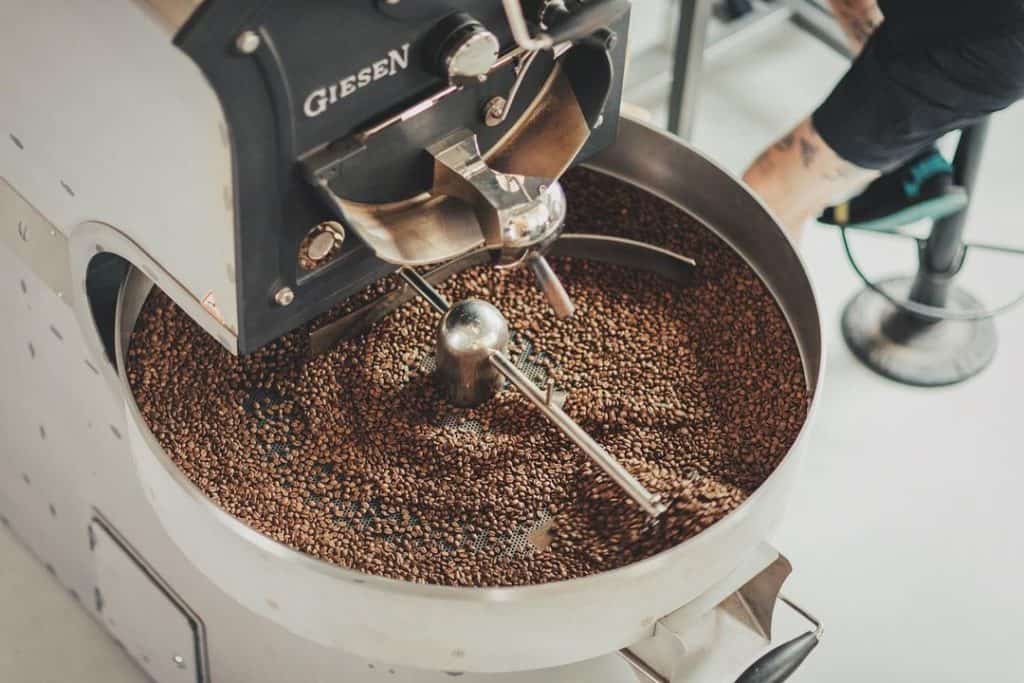Sound is a great indicator during roasting. There are two temperature thresholds called ‘cracks’ that roasters listen for. We will inform you about the first crack and the second one.
Temperature
The roast temperature and roast time are one of the most important components while roasting. If the temperature of your roaster is too high, there’s a chance the beans will burn. If it’s too low, you won’t get the desired result either. When we’re talking about time, there are two temperature thresholds called ‘cracks’ that roasters listen for.
The meaning of first crack
At approximately 196 °C (385 °F), the coffee will produce a cracking sound. We refer to this point as the ‘first crack’, marking the beginnings of a lighter roast. At the first crack, a large amount of the coffee’s moisture has been evaporated, and the beans will increase in size. The first crack is a great indicator when you are replicating a certain profile.
Second crack
After the first one and some more roasting time, a second one, logically called the ‘second crack’, will follow. The temperature in the roaster has now risen to 224 °C. This second sound will appear after finishing a light, normal, or dark roast. Most of the roasters prefer this type of beans, but you can decide to continue roasting and wait for the second one to produce an Italian or French roast. Now, the structure of the bean begins to break down. They become dark and they look shinier because of the oils that will appear.

Want to learn more about roasting? Check our blogs.





